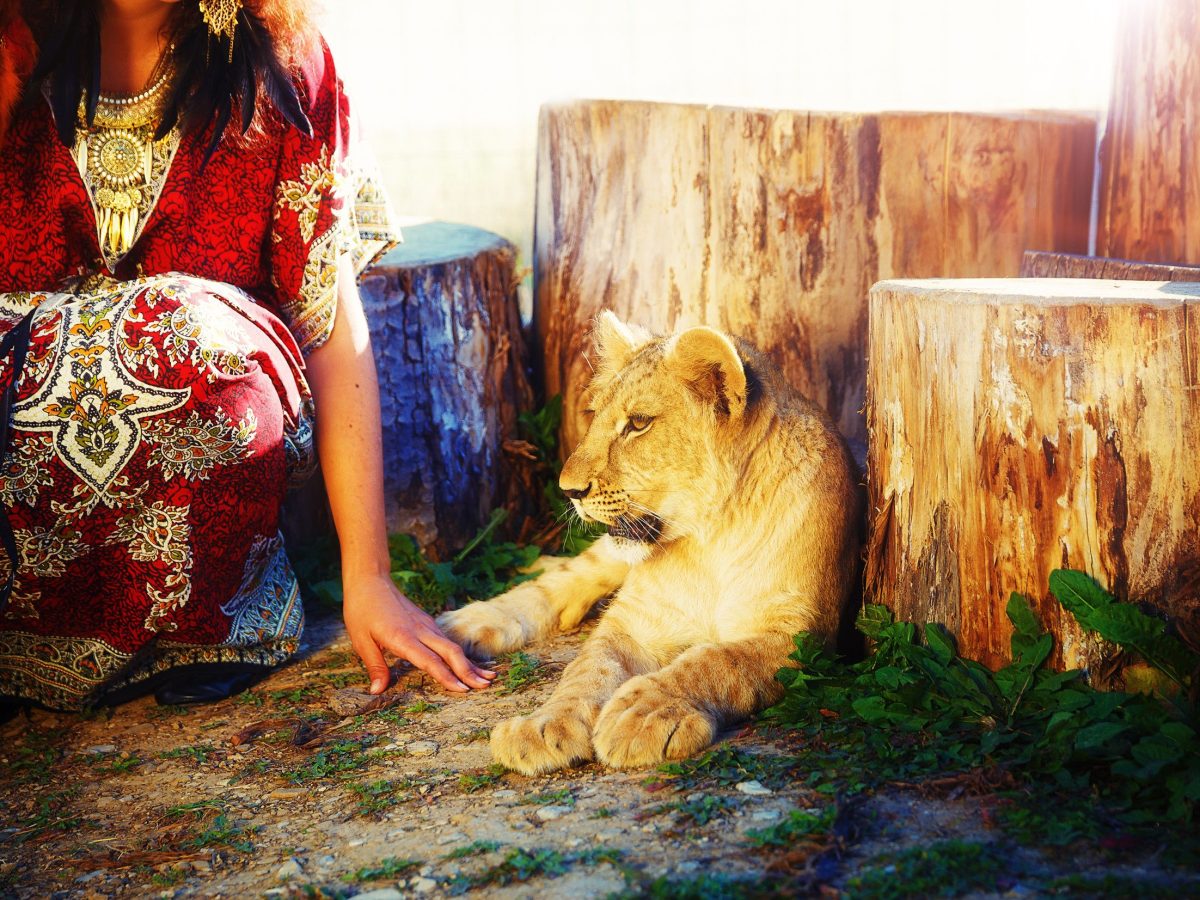
Why Doing Nothing Is Exactly What Your Child’s Brain Needs
“I’m Bored!”… And Why That’s Actually a Good Sign
Every parent knows the sound:
A long sigh.
A dramatic flop onto the couch.
The dreaded declaration: “I’m bored. ”
We often feel pressure to fix boredom, by offering a game, a screen, an activity, or a solution. But what if the best response isn’t a solution at all?
What if boredom is exactly what your child’s developing brain needs?
In this post, we’ll explore the science behind boredom and why it’s not a problem to avoid, but a powerful tool to embrace.
Backed by developmental research, psychology, and real-world examples, you’ll learn how protecting downtime can lead to more creativity, emotional growth, and long-term resilience in your kids.
What Is Boredom, and Why Is It Important?
Boredom is a state of mental restlessness, often triggered when external stimulation is low or removed.
But beneath the complaint is an invitation, an internal prompt that nudges kids to look inward, engage imagination, or create something new.
A 2013 study in The Academy of Management Discoveries found that boredom can increase divergent thinking, the mental process behind creativity and problem-solving.
In other words, boredom sparks innovation, if we let it.
Children who experience regular, unstructured time develop:
- Stronger internal motivation
- Greater creative fluency
- Better emotional regulation
- Increased persistence and patience
Constant Entertainment = Creativity Blocker
Today’s kids often live in environments saturated with noise, screens, and activities. From curated apps to adult-managed schedules, their brains are rarely left alone with open space.
But stimulation overload can crowd out the very mental processes that support original thinking, reflection, and self-discovery.
According to neuroscientist Dr. Daniel Levitin, overstimulation inhibits the brain’s default mode network (DMN), the network responsible for daydreaming, memory processing, and spontaneous idea generation.
Boredom, on the other hand, activates it.
Boredom Is the Birthplace of Play
When children have “nothing to do,” they often discover everything they need: sticks become swords, boxes become castles, and imaginary friends come to life.
Unstructured boredom leads to free play, the kind of open-ended, child-led play that fuels social, cognitive, and emotional growth.
Dr. Stuart Brown, founder of the National Institute for Play, emphasizes that play is essential for developing empathy, creativity, and complex problem-solving. Boredom is often the gateway.
Actionable Tips
- Resist the Urge to Fill the Gap: Instead of “Here, play this,” try: “I wonder what you’ll come up with. ”
- Offer Open-Ended Tools: Blank paper, blocks, scarves, cardboard boxes. Let their brain do the work of imagining.
Boredom Builds Emotional Tolerance
In a world of instant gratification, boredom teaches kids how to sit with discomfort, and grow from it.
It’s not always pleasant. But learning how to be with their own thoughts without panic, distraction, or meltdown is an essential life skill.
Psychologist Dr. John Eastwood calls boredom a “call to action,” one that builds self-awareness and emotional resilience. Kids who tolerate boredom are more likely to develop patience, introspection, and resourcefulness.
Try This:
- Validate Without Solving: “Yeah, boredom can feel kind of uncomfortable sometimes. I wonder what your brain will figure out when you sit with it a little. ”
- Build Boredom Tolerance in Small Doses: Practice “screen-free quiet time” for 10–20 minutes daily. Watch what emerges.
Protect Downtime Like It’s Nutrition
Just like we guard healthy meals and sleep, we need to protect space in the schedule for “nothing”, time without structure, screens, or stimulation.
In overscheduled families, boredom may only arise when the body is exhausted or the brain is fried. But if boredom only happens in moments of burnout, it won’t be productive, it will feel like collapse.
Actionable Tips
- Create Boredom-Friendly Zones: A cozy corner with art supplies, nature objects, puzzles, and books.
- Schedule Unstructured Time: Not every hour needs a plan. Leave white space between school, homework, and activities.
- Turn Off Background Noise: Boredom thrives in silence.
Boredom Isn’t a Sign of Bad Parenting, It’s a Sign of Trust
When we let our kids get bored, we’re not neglecting them, we’re trusting them. We’re saying:
“I believe in your ability to create, cope, and discover. ”
And when kids learn they don’t always need something new to feel okay, they begin to access deeper, more meaningful parts of themselves.
Model the Mindset
- “Sometimes when I’m bored, I find it helps me think about things in a new way. ”
- “I remember being bored as a kid, and those were the times I built the best forts. ”
What to Say When They Say “I’m Bored”
It helps to have a few go-to responses that validate the experience without rescuing them from it.
Try:
- “That’s okay. Sometimes boredom leads to really interesting ideas. ”
- “What kind of adventure could you make out of this moment? ”
- “I wonder what would happen if you let yourself be bored for five more minutes. ”
Avoid:
- “That’s not possible, you have a thousand toys. ”
- “Here, just take the iPad. ”
In the Stillness, Their Brilliance Awakens
In a world that races, entertains, and overstimulates, boredom can feel uncomfortable, even dangerous.
But for kids, boredom is sacred space.
It’s where curiosity comes alive.
Where creativity gets a chance to breathe.
Where a child learns to meet themselves.
So the next time you hear, “I’m bored”, don’t rush to solve it.
Smile gently.
And know that their mind is about to do something truly important.
Let us know your thoughts in the comments!
Love, joy, and respect to you, always!




